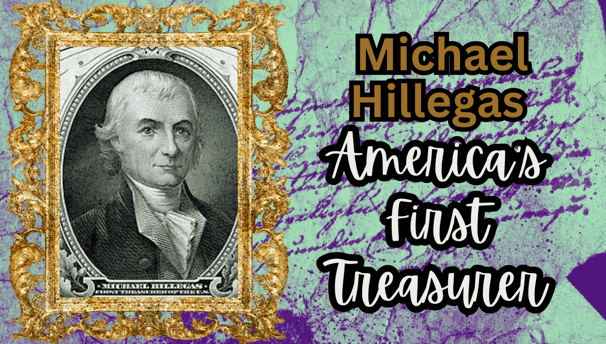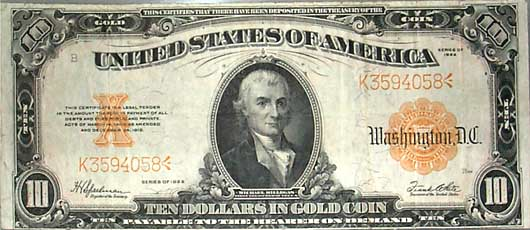Michael Hillegas: America’s First Treasurer and Early Revolutionary Leader
Michael Hillegas (April 22, 1729 – September 29, 1804) holds the distinction of being the first treasurer of the United States, a position he assumed during the nation’s formative years. His life and career exemplify the dedication of early patriots who laid the groundwork for American independence and governance. A prominent figure in Pennsylvania politics and a steadfast supporter of the Revolution, Hillegas played a critical role in financing and organizing the nascent United States during a time of immense challenges.
Casey Adams
2/8/20253 min read


Early Life and Family
Michael Hillegas was born on April 22, 1729, in Philadelphia, Pennsylvania.
He was the son of George Michael Hillegass, a German immigrant who became a successful merchant dealing in iron and sugar, and Margaret Schiebenstock.
The Hillegas family’s wealth provided young Michael with financial stability and the opportunity to engage in public service and local politics.
On May 10, 1753, Hillegas married Henrietta Boude at Christ Church in Philadelphia, and the couple had several children together.
His strong family ties and prosperous background would later prove essential as he navigated the political and economic challenges of the Revolutionary period.
Political Beginnings and the Road to Revolution
Michael Hillegas first entered public service as a member of the Pennsylvania Provincial Assembly, serving from 1765 to 1775.
His tenure coincided with a period of growing tension between the American colonies and Great Britain.
As debates over taxation and representation intensified, Hillegas emerged as a committed advocate for colonial rights.
In 1774, Hillegas joined the Pennsylvania Committee of Safety, a crucial organization tasked with preparing the colony for potential conflict with Britain.
Serving as treasurer of the committee under Benjamin Franklin, Hillegas managed funds used to purchase supplies and organize militias, contributing directly to the revolutionary cause.
His experience in financial administration during this period foreshadowed his later role on the national stage.
Treasurer of the United States
In July 1775, the Continental Congress established the Office of the Treasurer to manage the finances of the fledgling government.
Michael Hillegas, along with George Clymer, was appointed co-treasurer. By 1777, Hillegas assumed sole responsibility for the position, becoming the first treasurer of the United States.
As treasurer, Hillegas faced monumental challenges. The Revolutionary War created a constant demand for funding, and the young government struggled with limited resources and rampant inflation.
Hillegas managed the finances of the Continental Congress, overseeing the issuance of Continental currency and securing loans to support the war effort.
One of his most significant contributions was his ability to rally support for the American cause through personal financial backing.
Hillegas used his own wealth to provide loans to the government, ensuring that soldiers were paid and supplies were procured when official funds fell short.
His personal sacrifices underscored his unwavering commitment to the Revolution.
Post-Revolutionary Contributions
Following the conclusion of the Revolutionary War and the establishment of a more stable government under the Constitution, Hillegas continued to serve in his role as treasurer until 1789.
When the Department of the Treasury was formally organized under Alexander Hamilton, Hillegas retired from public service, passing the torch to the first Secretary of the Treasury, Hamilton, and his successor as treasurer, Samuel Meredith.
Hillegas’s contributions, however, were far from forgotten.
His leadership during the turbulent early years of the United States earned him the respect and gratitude of his contemporaries.
Legacy and Commemoration
Michael Hillegas’s role as the first treasurer of the United States cemented his place in American history.
His prudent financial management during the Revolution was instrumental in ensuring the survival of the Continental Army and the broader war effort.
In 1926, the U.S. Department of the Treasury honored Hillegas by featuring his likeness on the ten-dollar gold certificate, further solidifying his legacy as a founding figure in American financial history.
Conclusion
Michael Hillegas’s life exemplifies the spirit of service and sacrifice that characterized the Revolutionary generation.
As a statesman, financier, and patriot, he played a pivotal role in the establishment of the United States during its most precarious years.
His work as the first treasurer not only helped sustain the Revolution but also laid the foundation for the financial institutions that would support the growth of the young nation.
Hillegas remains a testament to the critical importance of leadership and dedication in the face of adversity.
Michael Hillegas



